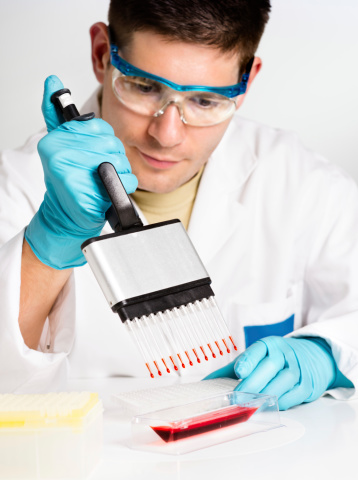Pavilion Publishing and Media Ltd
Blue Sky Offices Shoreham, 25 Cecil Pashley Way, Shoreham-by-Sea, West Sussex, BN43 5FF, UNITED KINGDOM
 Changes in the way working genes are delivered to children with SCID (Severe Combined Immunodeficiency) could make gene therapy for the disease even safer, according to a new study.
Changes in the way working genes are delivered to children with SCID (Severe Combined Immunodeficiency) could make gene therapy for the disease even safer, according to a new study.
Alterations to the delivery method, which are published in the New England Journal of Medicine, leads to a high success rate and the small risk of patients of developing complications, such as cancer, is reduced even further.
SCID is a condition in which children are born without an immune system because of a defect in the gene IL2RG. This condition is sometimes referred to as ‘bubble baby’ disease in the media, because patients need to live in a sterile environment. Treatment for SCID usually involves patients receiving a bone marrow transplant in order to boost numbers of white blood cells but without a compatible bone marrow donor this can be unsuccessful. If a donor can’t be found, some patients can now be given gene therapy where a faulty gene is replaced by a working gene, leading to their immune systems functioning at normal levels.
Gene therapy relies upon a vehicle, known as a vector, that delivers the working gene in to the body and integrates it into a child’s DNA. These vehicles are usually viruses – which are good at inserting themselves in to people’s genetic material – that are modified so the harmful aspects of the virus are removed. However, virus based vectors can sometimes cause problems and activate genes within the body in the wrong way, occasionally leading to leukaemia.
An international team of researchers have now tweaked the design of the most commonly used vector in order to try and remove this risk. After trialling the altered vector during gene therapy in nine boys with SCID, they found that it worked as efficiently as previous vectors in terms of correcting immune problems, and there have been no signs of side effects, including the development of leukaemia, in the three years since the therapy.
Adrian Thrasher, Professor of Paediatric Immunology at Great Ormond Street Hospital, who led the research, said: “While the long term effect on the development of cancer across the lifetime in these patients remains unknown, the changes that we have made to this vector appear hugely promising and suggest that we can now confidently address a much wider range of tractable disease targets through gene therapy.”


